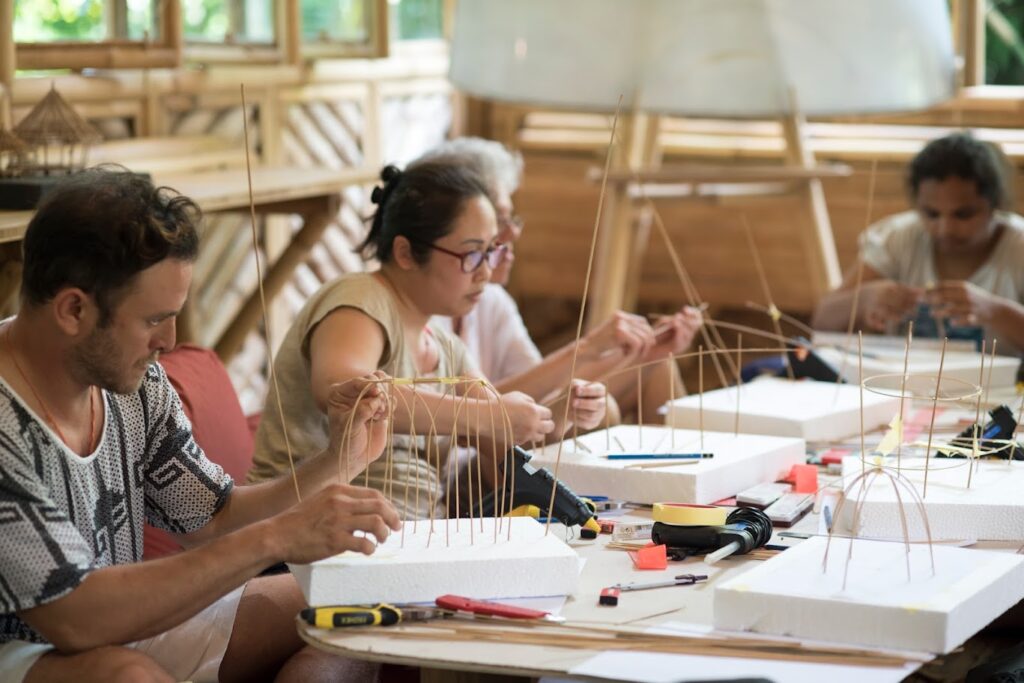Fascinating Facts About 7 Bamboo Pioneers and Their Impact
By Leticia Matos Asilis | September 28, 2022 | Exploring Bamboo -

The seven people that have led the way to what bamboo building is today.
The bamboo world has many authors. We wanted to highlight those who represent a movement for us. Their contributions have been of vital importance to the bamboo movement in the world and their knowledge has complemented our bamboo u courses throughout the years.
In this article we will talk about 7 bamboo pioneers who have inspired us and motivated us to continue their legacy:
- Walter Liese
- Oscar Hidalgo López
- Jules J. Jansen
- Jörg Stamm
- Simón Velez
- John Hardy and Cynthia Hardy

Walter Liese
He is known as the bamboo ambassador to Germany. In 1951, with the help of a transmission electron microscope, he studied the structure of bamboo and produced the first electron micrographs on the fine structural details of the cell walls of bamboo fibers. Then in 1953, he produced another series of structures in the cell walls in bamboo. These achievements positioned him as a key person for the study of bamboo around the world. Later between 1953-59, he officially began his career as a wood biologist and a bamboo scientist. He studied tissue composition in various bamboos, its anatomy, and the permeation properties of bamboo culms.
Together with Dr. Dietger Grosser, Liese presented an impressive array of histological studies on bamboo, and then with Prof. Narayan Parameswaran, he added a competitive depth to bamboo research. All these studies remain to date the most important contribution to the subject. Prof. Liese has been instrumental in getting the International Development Research Centre (IDRC) of Canada interested in bamboo and played an important part in the creation of the International Network for Bamboo and Rattan (INBAR). He is often referred to as the "grandfather of INBAR".

Ocsar Hidalgo
After finishing his university studies in architecture, he was very intrigued with the possibilities of bamboo. He contributed to the care of the Guadua forests in Colombia and founded CIBAM, a research center dedicated to bamboo. He devoted his life to studying bamboo and did not give up until he showed the world the infinite possibilities and potential of this wonderful material. “With bamboo, we can replace wood or timber in all their applications, but we cannot use wood or timber to make all the things and structures that can only be made with bamboo.” (Hidalgo, 2003).
He traveled around the world to inspire, teach, experience, and explore the richness of bamboo. In 2003 he published the book called "Bamboo, the gift of the Gods" in which he talks about his experience with the material and his discoveries when studying bamboo. It also includes knowledge about the plant, its taxonomy, ecology, forestry, chemical and mechanical properties, preservation and protection, traditional uses, handicrafts, manufacturing, bamboo construction technologies, bamboo engineering, and future possibilities.

Jules Janssen
In 1974, he applied for a Ph.D. research on "bamboo as a building material". Jules struggled with how to determine the mechanical properties of bamboo without knowledge of appropriate testing methods. He discovered there is hardly any research available, and he had to start with the test methods himself. Later in 1977, his thesis became a reference for the ISO standard and in 1979 Jules presented his research to Prof. Walter Liese, who welcomed it and invited Jules to take part in the first bamboo workshop in Singapore, in May 1980. Some of his studies were based on looking for strategies to diminish the import of timber products by using locally made bamboo products in the country of Burundi.
From 1988 he devoted his life to the development of international standards for bamboo for about 16 years. Part of his research became a book called "Designing and building with bamboo", which was later published by INBAR in 2000. He continued his efforts in the development of the ISO bamboo standards and additionally began the role of editor for INBAR's new journal of Bamboo and Rattan. Finally, in 2004, the bamboo standards were approved by ISO. This is an incredible achievement in the acceptance of bamboo as a legitimate alternative to traditional timber and opens many doors for the use of bamboo in developed countries.

Jörg Stamm
Born in Germany, from a young age he was exposed to the family carpentry business. After moving to Colombia in 1994, as a carpenter, he began to look for alternatives that could replace tropical wood. At that moment he realized the incredible potential of bamboo as a construction material and began working on South America’s development aid. He runs his own construction company and has traveled around the world to teach workshops where he shares his bamboo knowledge with students and professionals.
He has been part of bamboo projects of international relevance such as Three Mountains (2007), Green School (2008), Orangutan Haven bridge (2017), The Arc (2021), etc. He is also recognized for implementing the super efficient and strong bamboo hyperbolic tower as a structural element in bamboo construction. Inspired by the work of German engineer and architect Frei Otto, the tower has become his brand. He is a global consultant, influential teacher, and respected colleague.



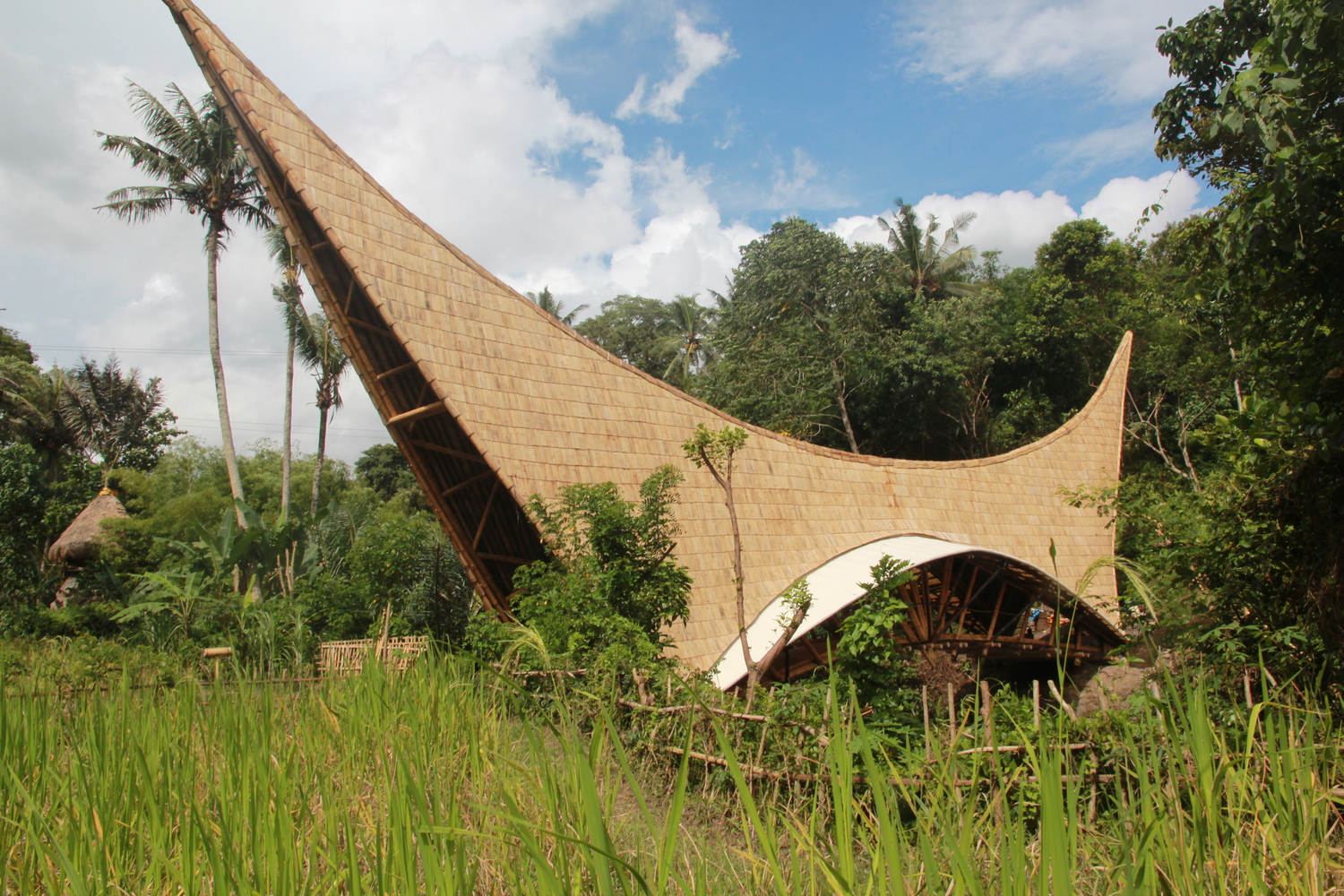






Simón Velez
Simón Velez has positioned himself as one of the most recognized bamboo architects in the world. Early in his career, he discovered a process that would allow him to use bamboo as a structural material in ways he had never imagined before. His architecture has a strong connection with vernacular architecture in Colombia, however, he has pushed the limits on bamboo construction and has set a precedent for how to achieve modern and contemporary structural and architectural expressions through large spans, big open spaces with a lot of height, bamboo facades, large overhangs, etc.
He has always said that architecture must be more natural since the construction industry is currently overloaded with minerals such as concrete, steel, and glass. He constantly encourages the incorporation of more natural material elements in construction. One of his most noticeable projects is the ZERI Pavilion in Expo Hanover, Germany in 2000. A beautiful bamboo and wood pavilion was built in Manizales, Colombia first to test its structural integrity.
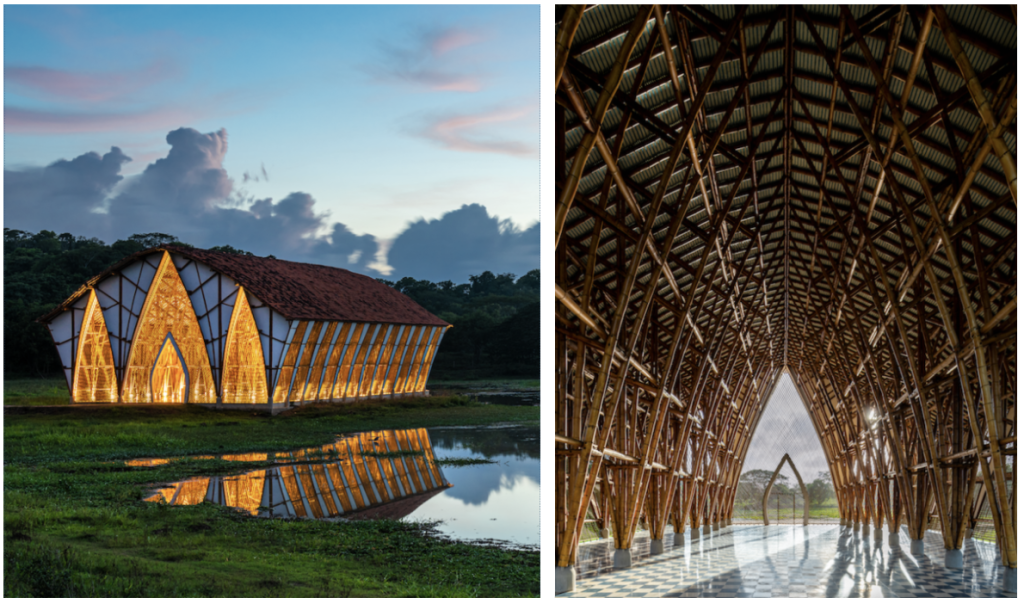
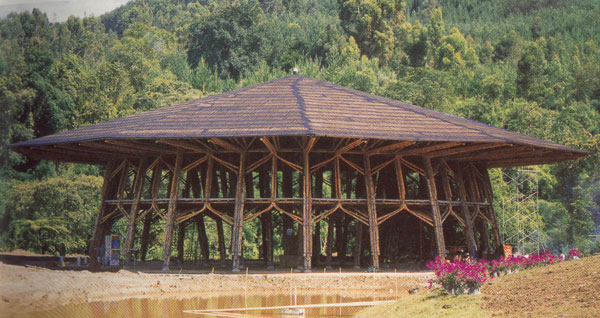
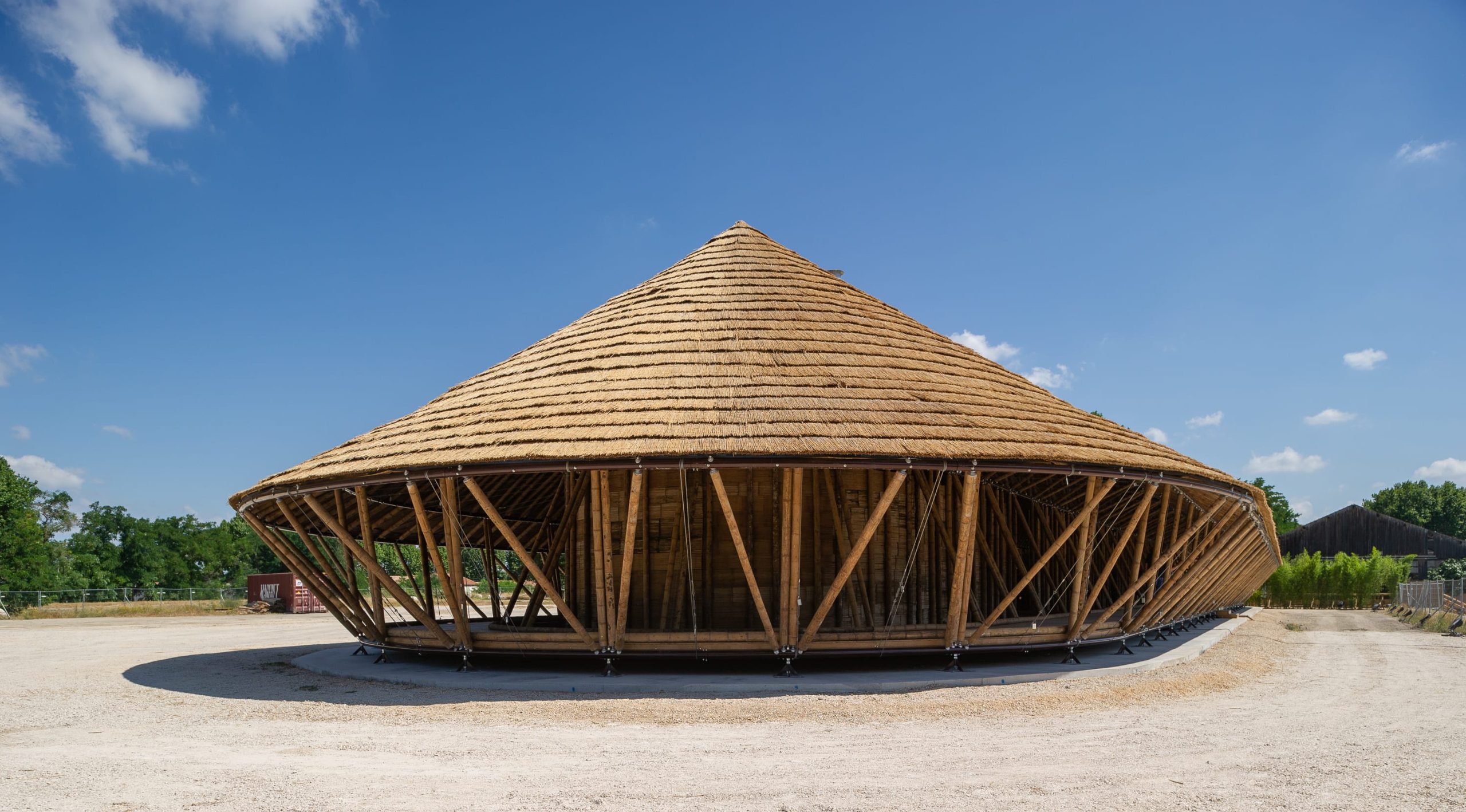










John Hardy and Cynthia Hardy
In 1975 they started a small jewelry business that later became an internationally recognized company. In 2007, John and Cynthia stopped working and began creating more sustainable building initiatives through education. Together they designed Green School in Bali, Indonesia. This project became an international example of sustainable building. The school provides internationally recognized academic education that prepares students with the ability to be competitive and successful in the wider world. “Green School is not only different in the way that it is built with bamboo, but also in the way that it teaches. We are taught to become leaders of today, something a normal textbook cannot match” Said Melati Wijsen, young activist, Co-founder of the Bye Bye plastic bags initiative.
John spoke at TED Global about the Green School and the USGBC awarded the school with the 2012 Greenest School on Earth award. In 2021 they were recognized by the USGBC and the Center for Green Schools, as “Best of Green School” in the K-12 category. They set a precedent in bamboo construction in Bali and in collaboration with IBUKU, they changed the perspective of many people with bamboo and demonstrated its potential through bold and refreshing structures. “The environmentally-focused school is tearing up the standard syllabus, turning mainstream education on its head and raising an army of activist alumni as it goes.” - Karen Gilchrist, CNBC.

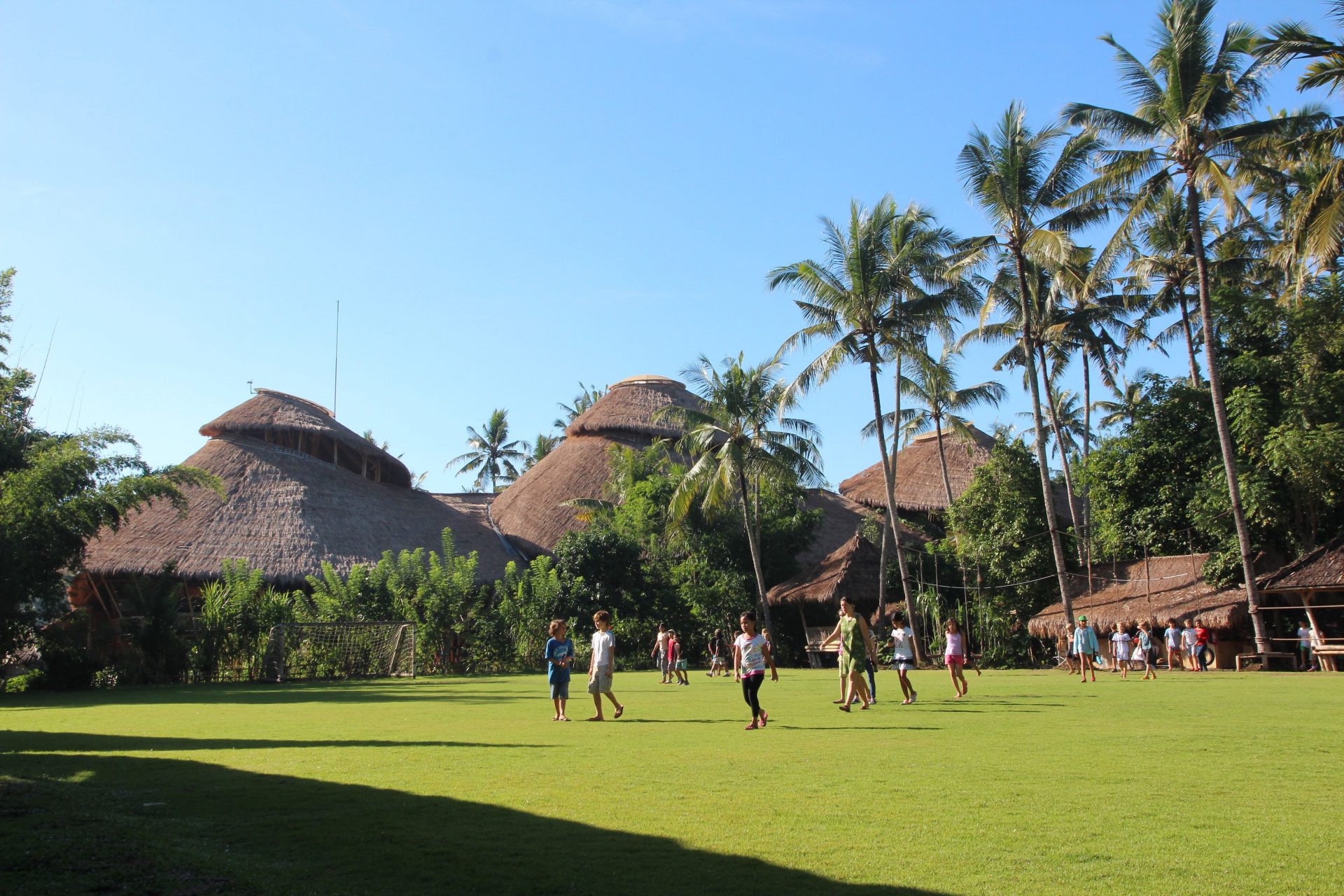
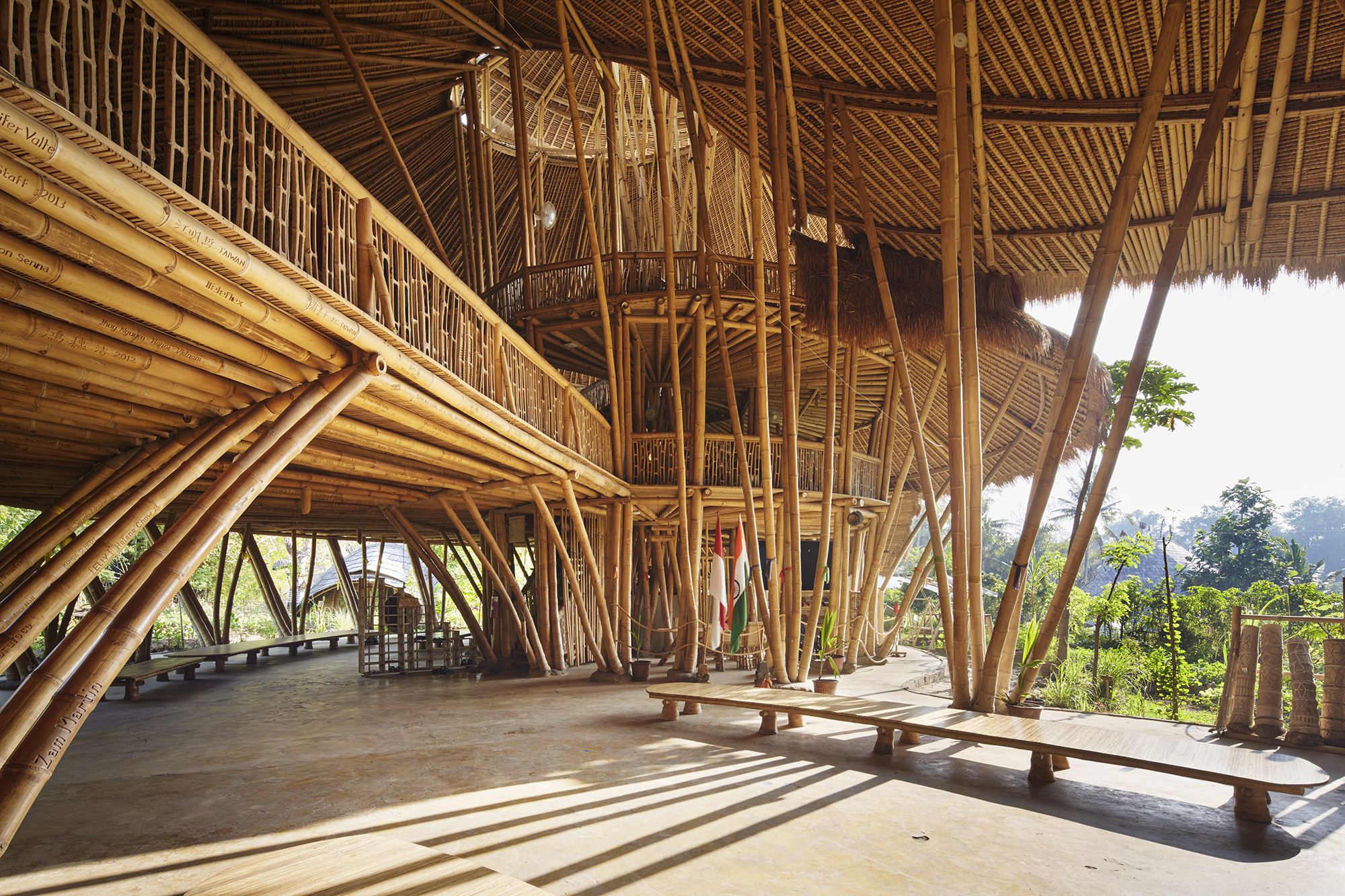
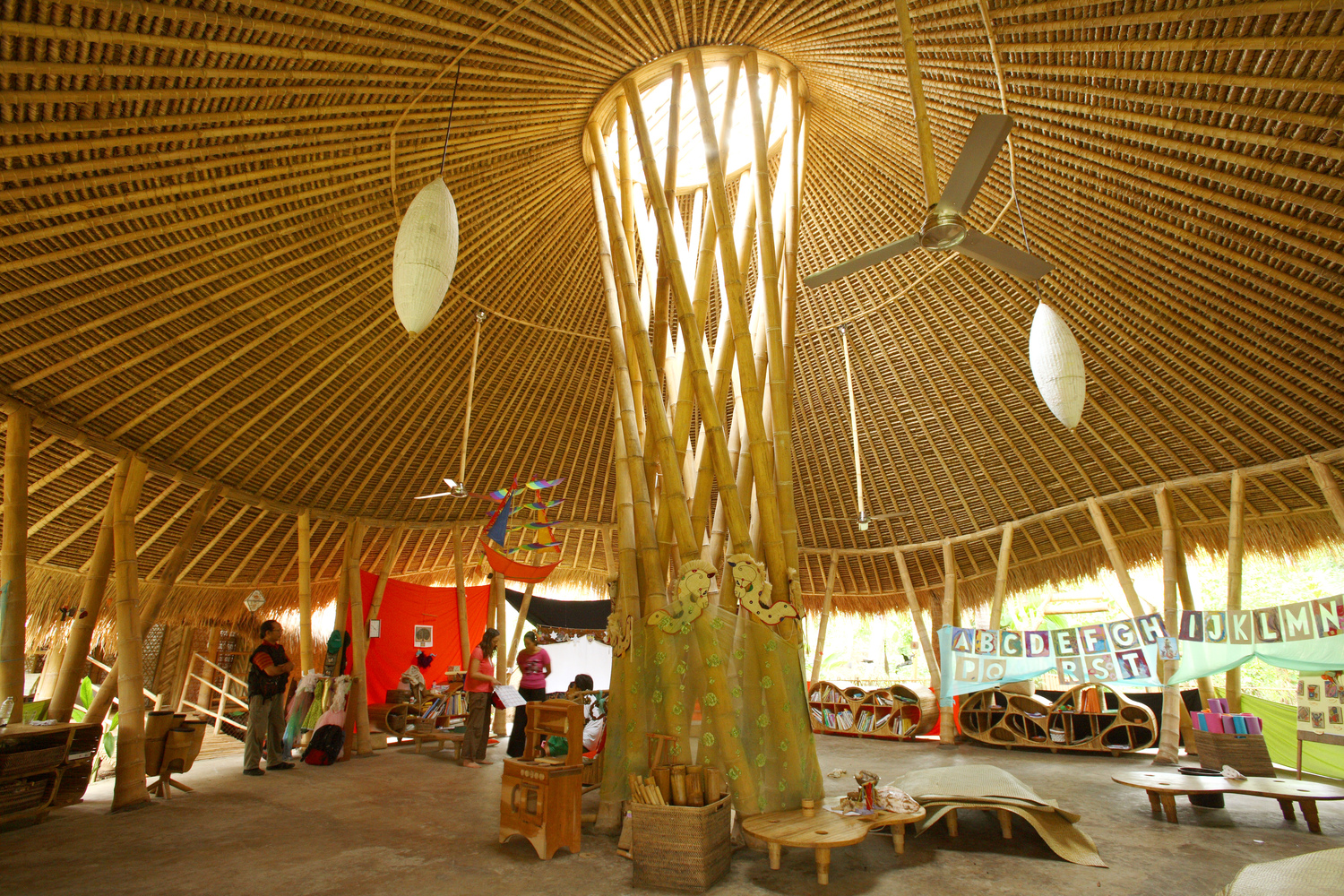






This article takes us through time to learn about the legacy that these people have left in the bamboo world. Who do you think the next bamboo legends are going to be? Who do you think we should be promoting? Consider joining our newsletter here to learn more about key players in the bamboo world.
Sources:
WBO. About WBO: Bamboo pioneers: Walter Liese. World Bamboo Organization. Retrieved September 2022, from https://worldbamboo.net/about/bamboo-pioneers/walter-liese
WBO. About WBO: Bamboo pioneers: Oscar Hidalgo-Lopez. World Bamboo Organization. Retrieved September 2022, from https://worldbamboo.net/about/bamboo-pioneers/oscar-hidalgo-lopez
WBO. About WBO: Bamboo pioneers: Jules Janssen. World Bamboo Organization. Retrieved September 2022, from https://worldbamboo.net/about/bamboo-pioneers/jules-janssen
WBWVietnam. (2022). Construction Workshop | Jörg Stamm. Wbw2022vietnam. Retrieved September 2022, from https://www.worldbambooworkshop.com/program
The Architectural League NY. (2011). Simón Vélez interview. Simón Vélez Interview - The Architectural League of New York. Retrieved September 2022, from https://archleague.org/article/simon-velez-interview/?printpage=true
Simonvelez.net. (n.d.). SIMON VELEZ. Retrieved September 2022, from http://www.simonvelez.net/info.html
Green by John. (2021, April 5). John Hardy and Cynthia Hardy Biography. Green by John and Cynthia. Retrieved September 2022, from https://greenbyjohn.com/about-john-hardy-cynthia-hardy/

Leticia is an architect based in the Dominican Republic. She has always been passionate about the fusion of architecture and nature to create the perfect balance between organic spaces and modern requirements.
OCTOBER 10-21, 2025
The 11 Day Bamboo Build & Design Course in Bali
In 11 days, we'll show you how to build bamboo structures we’ll share all that it takes to build with nature.
Start Anytime
The Bamboo Harvesting Course
The Bamboo Harvesting Course is an online step-by-step training to harvest and care for your bamboo clumps to ensure their longevity and productivity. This maximizes the potential of this beautiful grass as a rapidly renewable resource.Whether you are an architect, builder, or sustainability enthusiast, this mini course will enable you to utilize this rapidly regenerative resource as a durable construction material.It will help remove any fear or doubt about the durability of bamboo and help you build reputable bamboo structures that stand the test of time!









